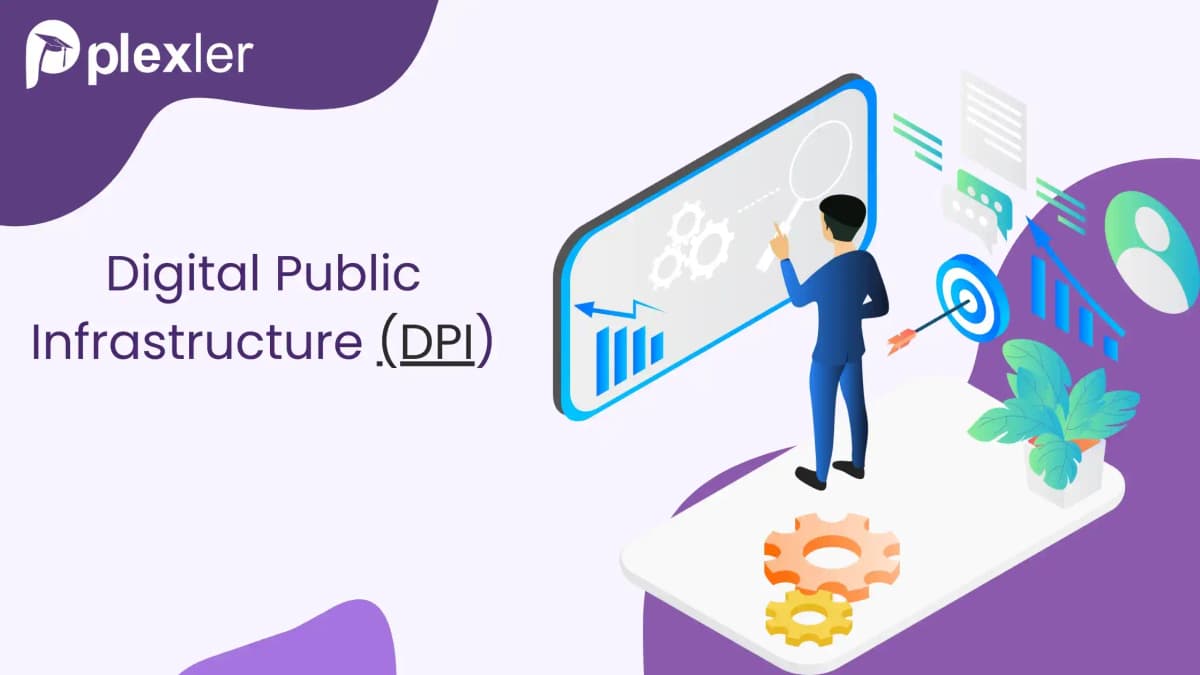Digital public infrastructure (DPI)
Digital Public Infrastructure (DPI) connects citizens, government, and technology to bring online service in Nepal. Its main aim is to make everyday tasks easier, faster, and more open for everyone by using digital tools, so people can get help and services without extra hassle.
Building block
Digital Public Infrastructure (DPI) stands on a few key building blocks to make life easier and services faster in Nepal. Digital identity helps people prove who they are online safely. Payment systems like ConnectIPS and NCHL lay the foundation for people and businesses to pay or get paid easily from anywhere. Data storage and transmission keep records and share them quickly between offices. Data privacy makes sure personal details stay safe. Internet access helps more people go online, even in remote places. Cyber security protects systems from hackers.
With low capital tools and e-governance, even small offices can move services online. This helps in areas like healthcare, education, government subsidies, and banking, making them faster and fairer. Systems like Nepal National Single Window (NNSW) speed up customs and trade by cutting paperwork.
The National eGovernance Master Plan guides local governments to put services online so people don’t always need to visit offices. Tools like interbank payment systems and Nepal Clearing House Limited (NCHL) help banks work together smoothly. Overall, these building blocks help bring public services closer to everyone in Nepal, saving time and effort.
Bivek Rana Opinion
Bivek Rana, a digital enterprise architect, says Nepal has taken steps toward digital services, and people are using them to some level. But it’s not yet running fully because the government hasn’t set clear rules for other parts of the digital ecosystem, especially private players like payment partners. There’s no fixed standard or guideline for them to follow, which slows things down.
He points out that what we have now are just components like voter ID, NID, citizenship, NEB, license office systems, and data centers. But these alone can’t be called real DPI. A full framework is needed so apps and services can be built smoothly on top of them.
Instead of spending a lot separately in silos (vertical investment), it’s smarter to invest horizontally, build shared platforms so many services can run on them. This helps save costs and grows the digital economy.
He also highlights the need for digital literacy, better internet in rural areas, proper data registry, and data integration. Even things like primary and secondary data centers and good network connections matter to keep services running without breaks.
Ramesh Sharma Poudel
Ramesh Sharma Poudel, Mahanirdeshak at the Department of Information Technology, Nepal, explains that DPI has three main parts: digital identity, digital payment systems, and a data exchange mechanism.
For digital identity, Nepal has the National ID (NID) to help people prove who they are online. For payments, systems like ConnectIPS and NCHL make sending and receiving money easier.
As for data exchange, the Nagarik app is being used to share information between different government services. But he says that as digital needs grow, Nepal might need a new dedicated platform to handle even more data safely and quickly.
These three parts together can help bring many services online, save time, and reduce paperwork for people across Nepal.
Government work
The Digital Nepal Framework 2076 guides the country’s DPI efforts, covering 8 areas and 80 initiatives. On the infrastructure side, the government is working on optical fiber expansion, testing 5G services, public Wi-Fi, and setting up data centers to keep data safe and accessible.
The goal is to make government services paperless, faceless, and contactless, so people can get things done online without standing in long lines. Tools like the Nagarik app, National ID, digital signatures, and the National Payment Gateway are being developed for this.
The government is also building a national cyber security center and provincial data centers to protect systems from cyber threats. The Rastriya Digital Anavapravadan Kendra is focusing on new tech like AI, blockchain, and cybersecurity.
Many everyday services, like password, land tax (malpot), interim revenue (rajswo), customs (bhansar), and driving license (sawari chalak anumati), have started moving to digital systems to save people’s time and make processes clearer and faster.
Challenge
Nepal faces a few key challenges in building strong digital public infrastructure. First is digital literacy, many people still don’t know how to use online tools or apps confidently. Second is data privacy, keeping people’s personal data safe so it doesn’t get misused. Third is cyber security, protecting systems from hackers and cyber attacks.
Without solving these, digital services can’t fully reach or help everyone, especially in rural areas.



